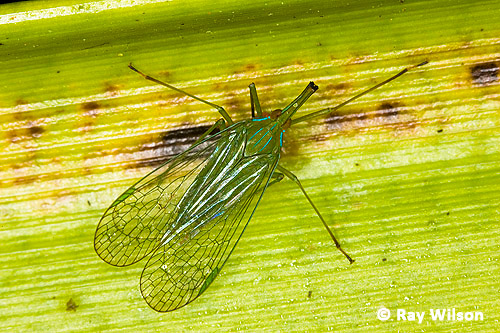
- Home
- Workshops / Tours
- Diary / Blog
- Galleries
- Foreign Trips
- Tasmania 2016
- NE Queensland 2016
- Western Alps 2016
- NE Spain 2016
- Australia's Wet Tropics 2015
- Australia's Top End 2015
- SW Australia 2015
- Switzerland 2015
- Andalucia 2015
- Belize 2015
- Australia 2014
- Switzerland 2014
- Belize 2014
- Bahama Islands 2014
- Switzerland 2013
- Ecuador 2012-2013
- Florida 2011-2012
- Vancouver Island 2011
- Australia 2010
- Peru 2008
- Bulgaria 2007
- Lesvos 2006
- California 2006
- New Zealand 2005
- Extremadura 2005
- Goa, India 2004
- The Gambia 2003
Southern Peru
25th November-14th December 2008
Cock-of-the-Rock Lodge
Part 2 : Insects and other invertebrates
Due to my illness indueced lethargy, the only times I left the balcony, other than to visit the Cock-of-the-Rock lek, were a few short forays (mostly after dark) along the road looking for insects.
There was an amazing variety of beautifully coloured leafhoppers...
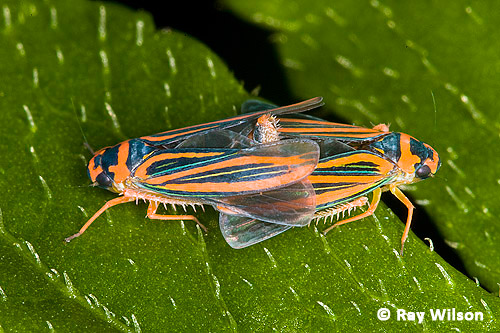
mating planthoppers (Hemiptera: Ramosulus fulgidus)
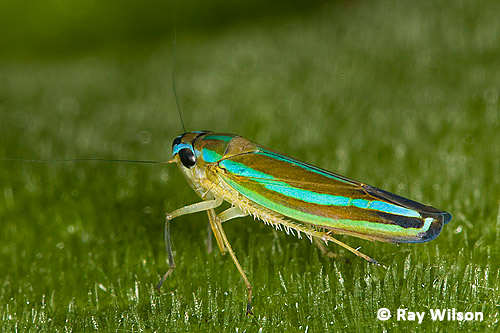
unidentified planthopper (Hemiptera)
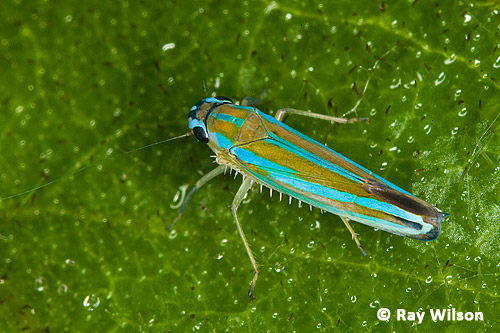
unidentified planthopper (Hemiptera)
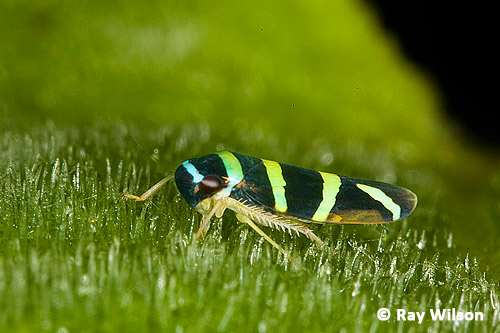
unidentified planthopper (Hemiptera)
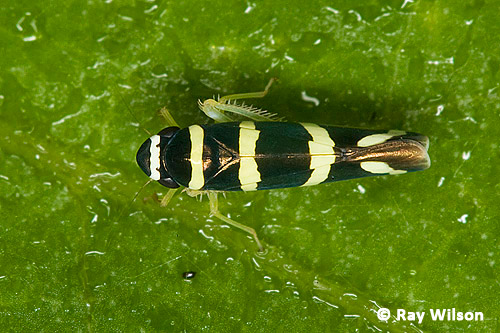
unidentified planthopper (Hemiptera)
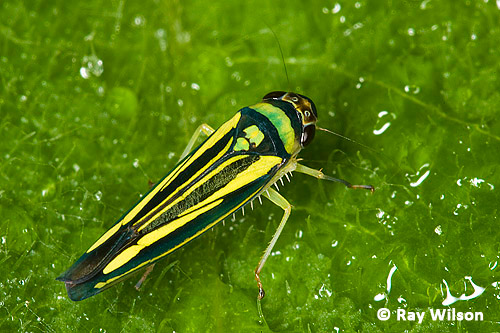
unidentified planthopper (Hemiptera)
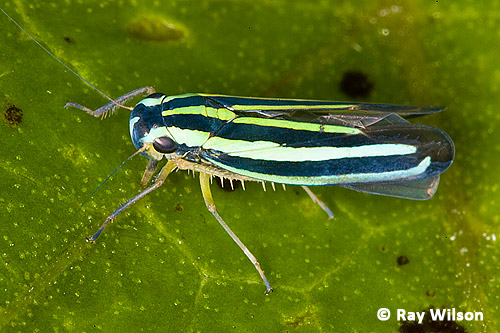
planthopper (Hemiptera: Sibovia praevia)
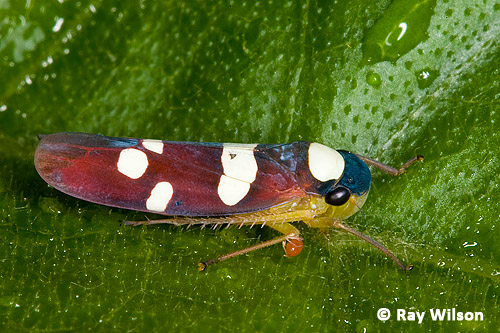
planthopper (Hemiptera: Erythrogonia sp.)
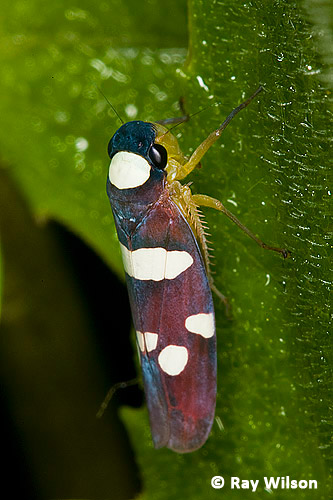
planthopper (Hemiptera: Erythrogonia sp.) |
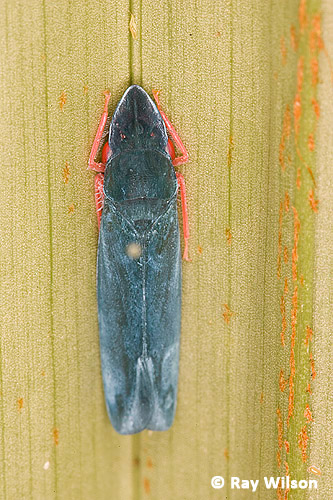
unidentified planthopper (Hemiptera) |
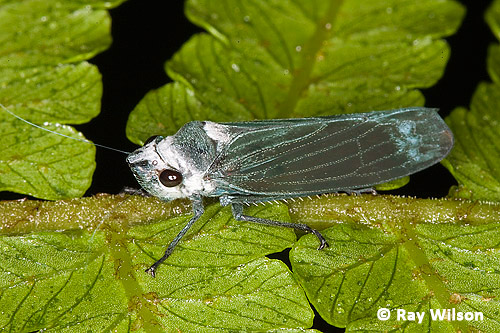
unidentified planthopper (Hemiptera)
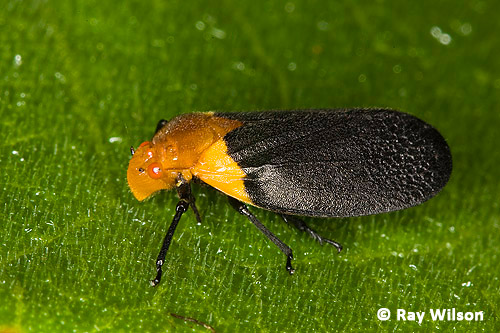
unidentified treehopper (Hemiptera)
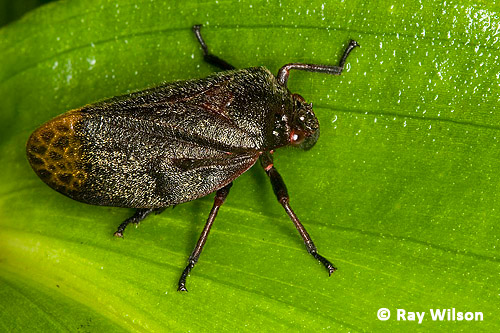
unidentified treehopper (Hemiptera)
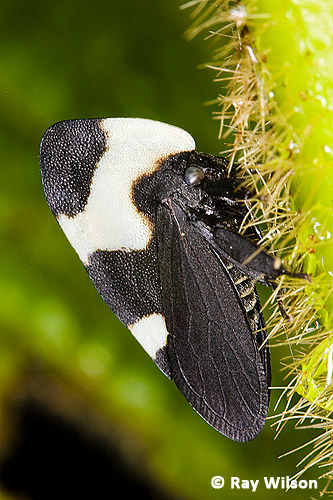
unidentified treehopper (Hemiptera: probably Membracis sp.)
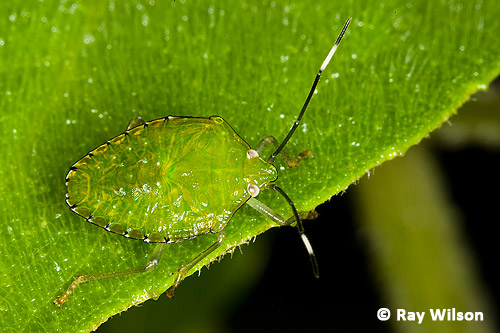
unidentified bug (Hemiptera)
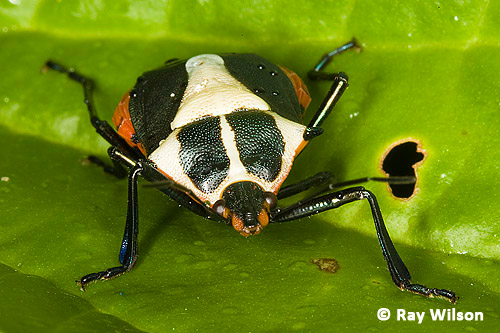
unidentified bug (Hemiptera)
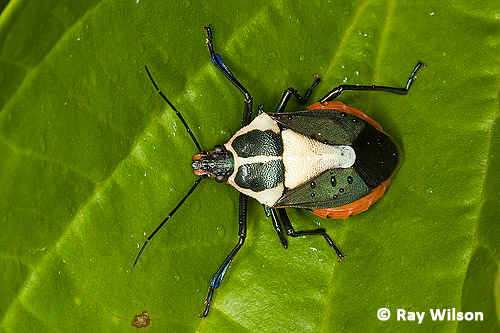
unidentified bug (Hemiptera)
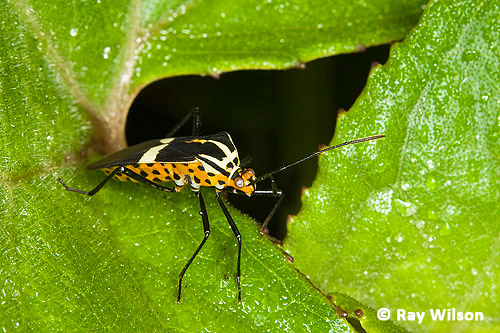
unidentified bug (Hemiptera)
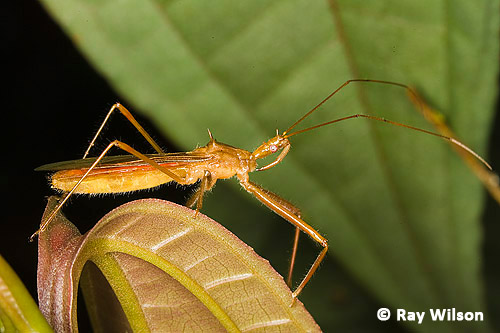
unidentified bug (Hemiptera)
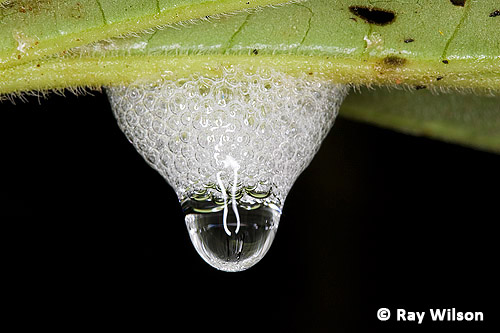
Froghopper larvae "spittle" (Hemiptera)
unidentified bug (Hemiptera: possibly Dictyopharidae)
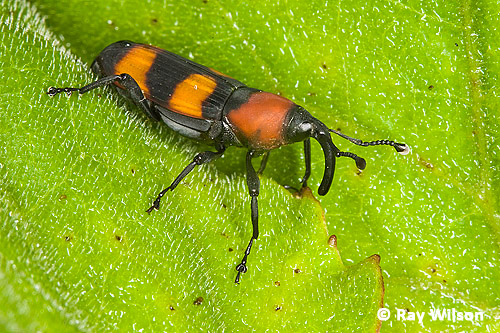
unidentified weevil (Coleoptera : Curculionoidea)
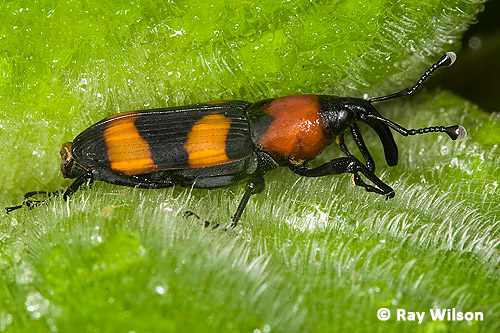
unidentified weevil (Coleoptera : Curculionoidea)
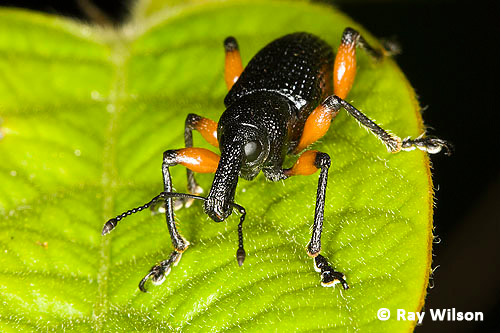
unidentified weevil (Coleoptera : Curculionoidea)
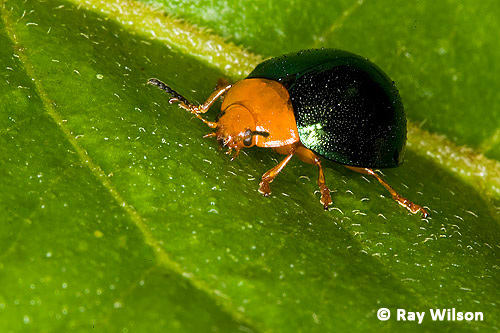
unidentified beetle (Coleoptera)
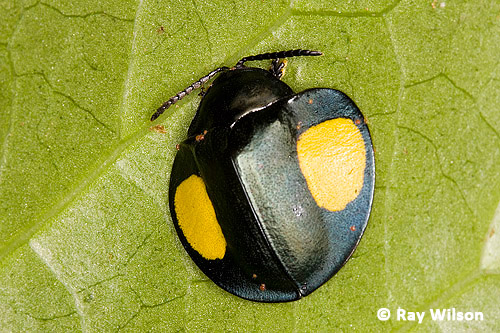
unidentified Tortoise Beetle (Coleoptera)
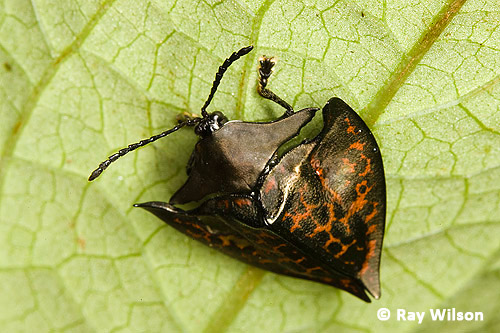
unidentified Tortoise Beetle (Coleoptera)
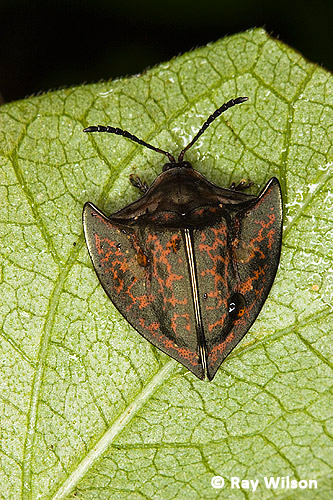 unidentified Tortoise Beetle (Coleoptera) |
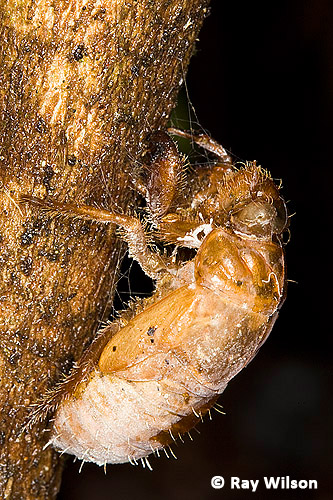 moulted skin of a cicada (Hemiptera: Cicadidae) |
There was a huge variety of grasshoppers and bush-crickets too...
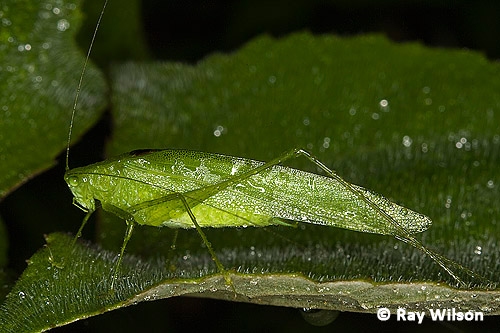
leaf-mimic bush-cricket/katydid (Orthoptera: Tettigoniidae)
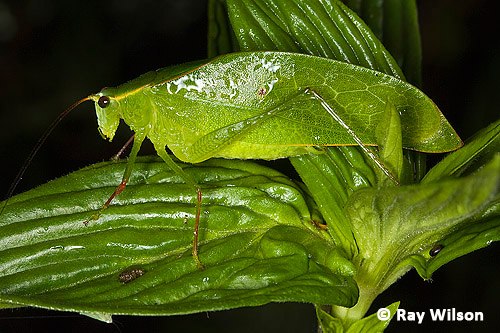
leaf-mimic bush-cricket/katydid (Orthoptera: Tettigoniidae)
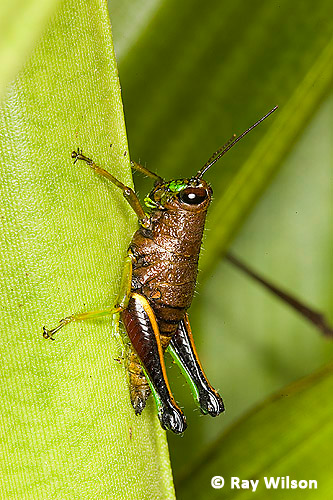 grasshopper (Orthoptera: Acrididae) |
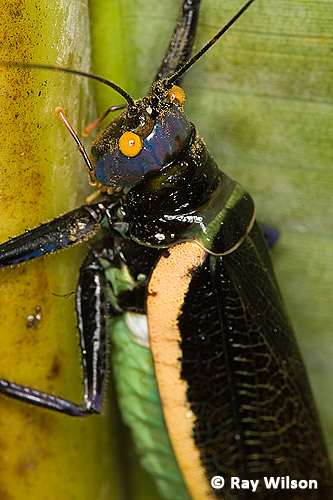 grasshopper (Orthoptera: Acrididae) |
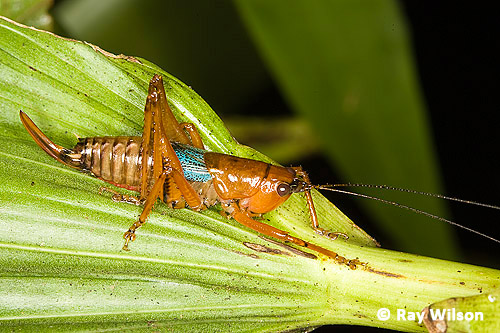
bush-cricket/katydid (Orthoptera: Tettigoniidae)
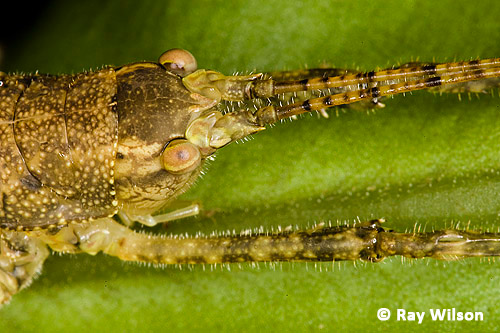
bush-cricket/katydid (Orthoptera: Tettigoniidae)
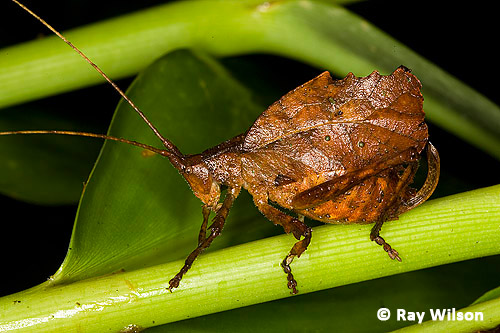
leaf-mimic bush-cricket/katydid (Orthoptera: Tettigoniidae)
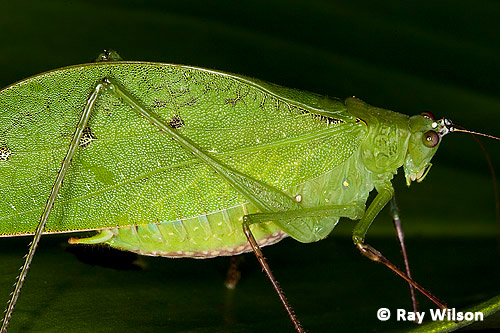
leaf-mimic bush-cricket/katydid (Orthoptera: Tettigoniidae)
The bush-cricket in the left-hand photo below was incredibly well camouflaged as it flatened itself against the branch, and it was only the eye-shine in the torchlight that allowed me to spot it.
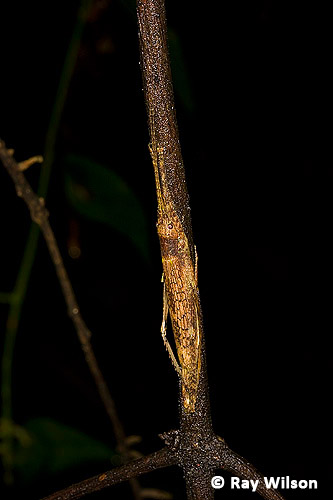 camouflaged bush-cricket/katydid (Orthoptera: Tettigoniidae) |
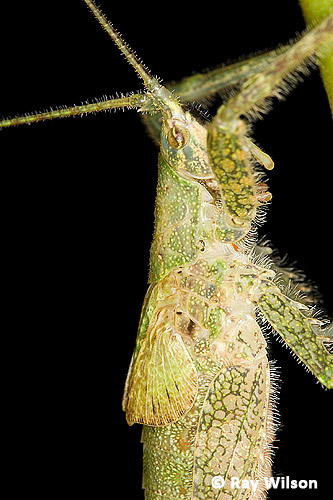 hairy bush-cricket/katydid (Orthoptera: Tettigoniidae) |
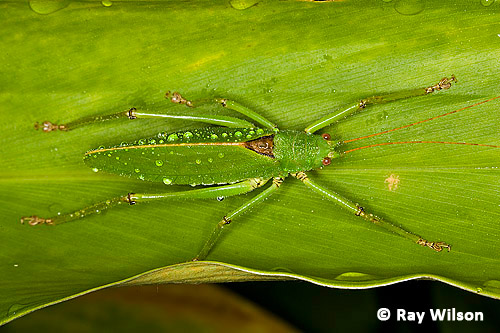
bush-cricket/katydid (Orthoptera: Tettigoniidae)
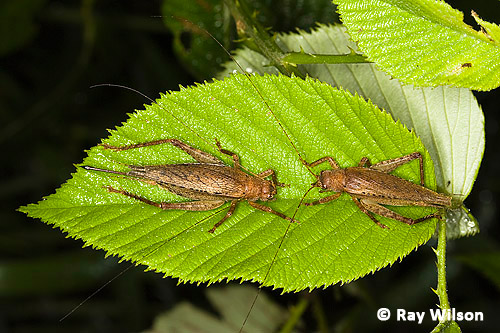
courting bush-crickets/katydids (Orthoptera: Tettigoniidae)
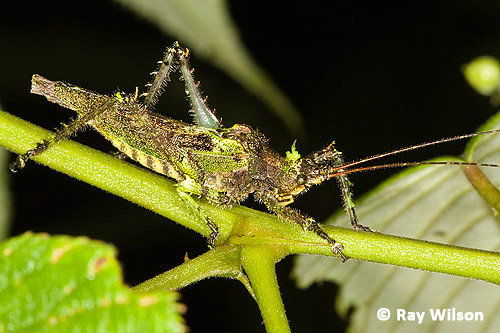
bush-cricket/katydid (Orthoptera: Tettigoniidae)
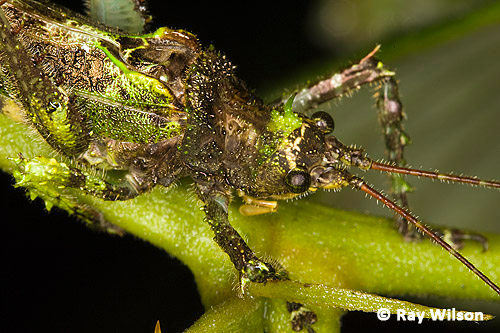
bush-cricket/katydid (Orthoptera: Tettigoniidae)
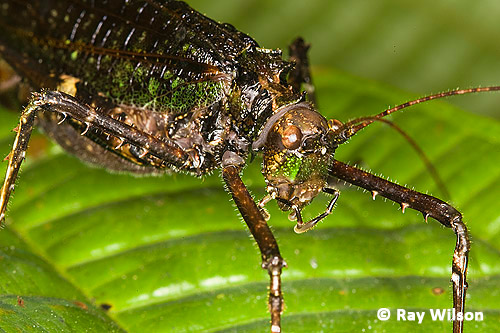
bush-cricket/katydid (Orthoptera: Tettigoniidae)
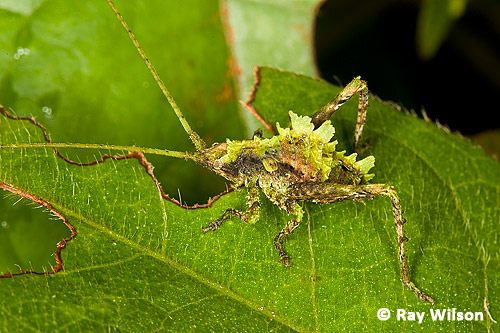
lichen-mimic bush-cricket/katydid nymph (Orthoptera: Tettigoniidae)
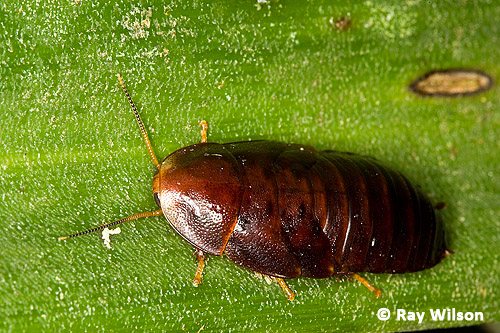
unidentified cockroach (Dictyoptera: Blattodea)
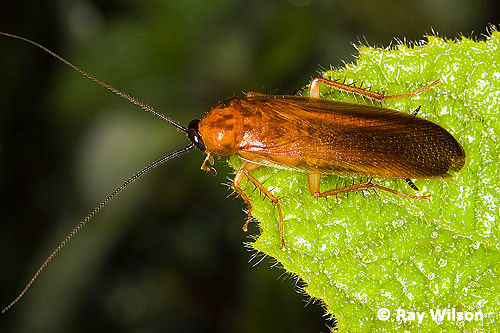
unidentified cockroach (Dictyoptera: Blattodea)
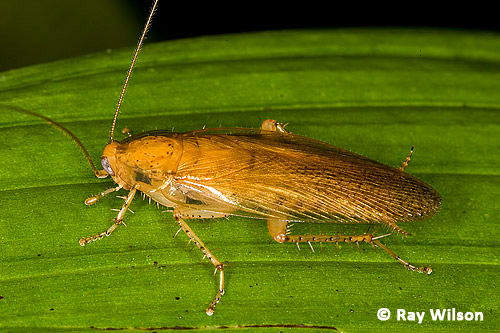
unidentified cockroach (Dictyoptera: Blattodea)
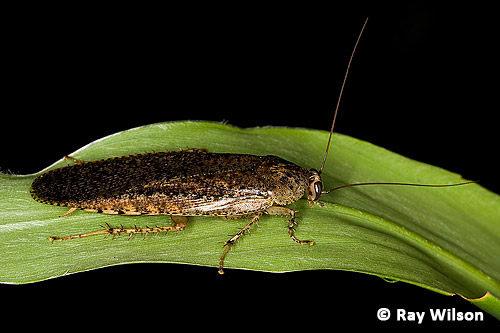
unidentified cockroach (Dictyoptera: Blattodea)
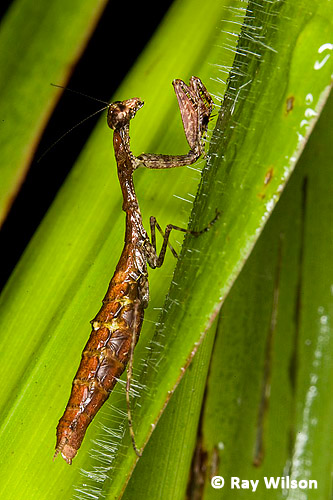 unidentified mantid (Dictyoptera: Mantodea) |
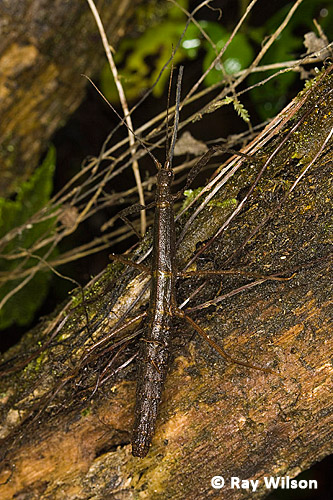 unidentified stick insect (Phasmida) |
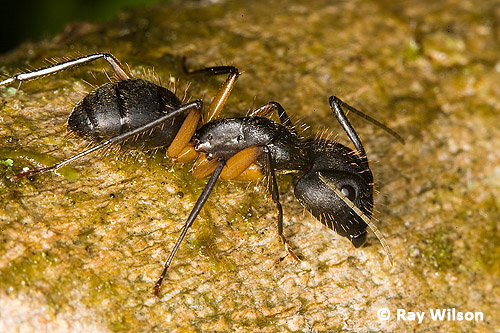
unidentified ant (Hymenoptera: Formicidae)
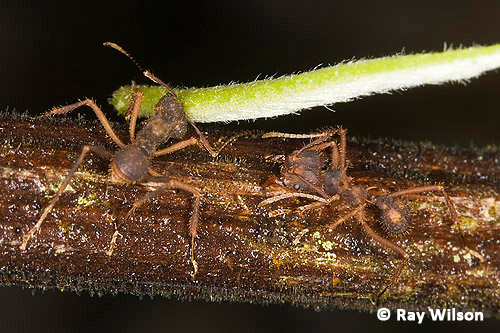
unidentified ants (Hymenoptera: Formicidae)
It's hard to work out what on Earth this spikey little creature is. I think it is most likely to be a caterpillar, but could be a larva of an entirely different group.
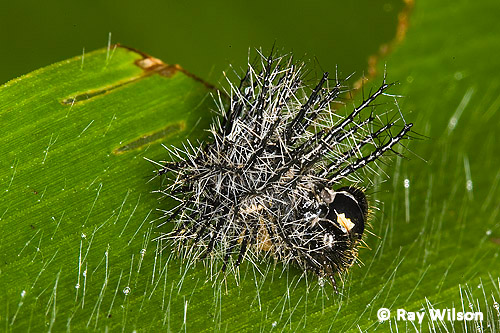
unidentified larva (probably Lepidoptera sp.)
Th beautiful moth below was attracted to the oil lamps along the path...
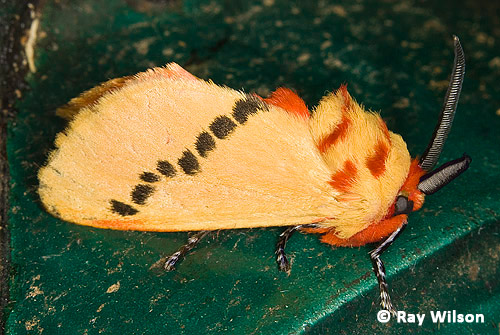
unidentified moth (Lepidoptera: probably an Arctiidae sp.)
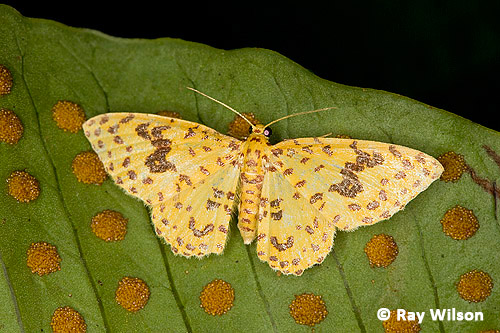
unidentified moth (Lepidoptera: Geometridae)
The spider on the left (below) is from a group that, rather than using a web as a passive trap and wait for something to stumble into it, weaves a small sticky cradle which it holds between its front four legs ready to move into the path of any passing insects. They usually only make one net per night, although they will re-use a net if it is not too damaged after catching the first prey item. Common names for this group of spiders include "Gladiator spider"; "Ogre-faced Spider" and "Net-" or "Web-casting Spiders".
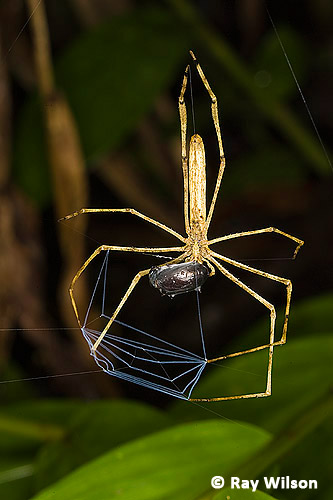 Net-casting Spider eating a beetle |
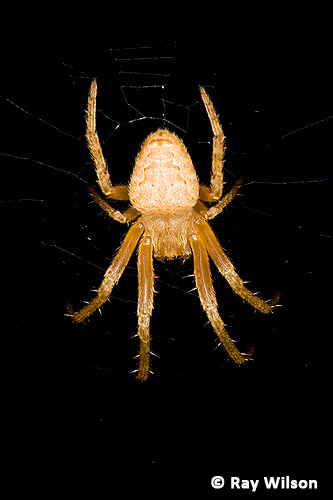 orb-weaving spider |
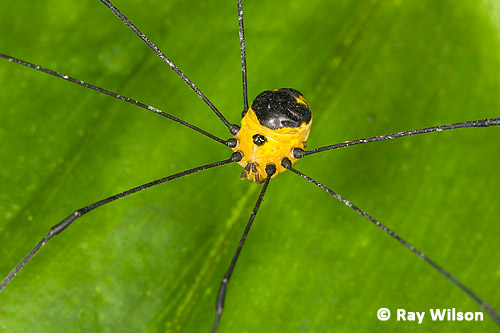
harvestman (Opiliones sp.)
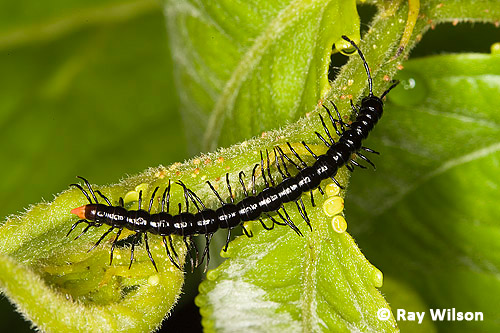
millipede (Diplopoda sp.)
Something struck me as a bit unusual about this snail, but it took me a while to put my finger on what it was. Unlike most snails that I know of, this one has its eyes on its head instead of on the end of eye-stalks.
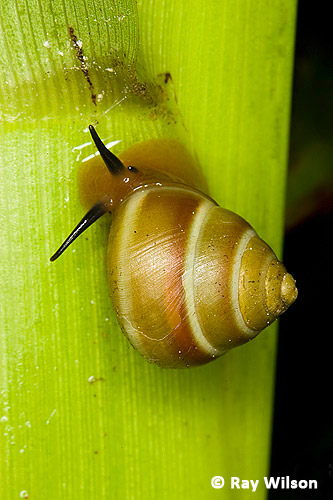
snail (Mollusca sp.)
Ray Wilson owns the copyright of all images on this site.
They may not be used or copied in any form without prior written permission.
raywilsonphotography@googlemail.com
